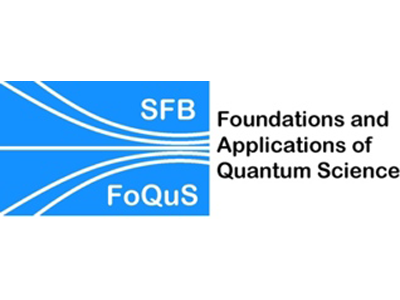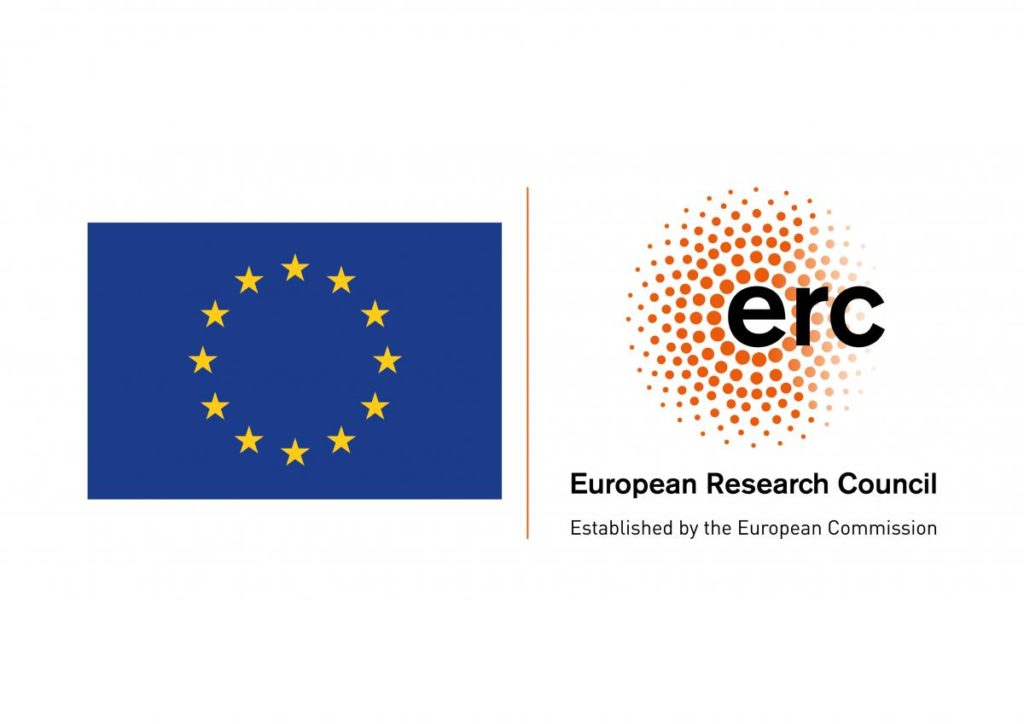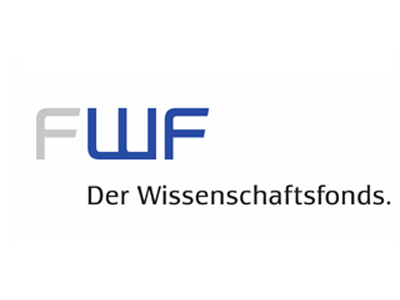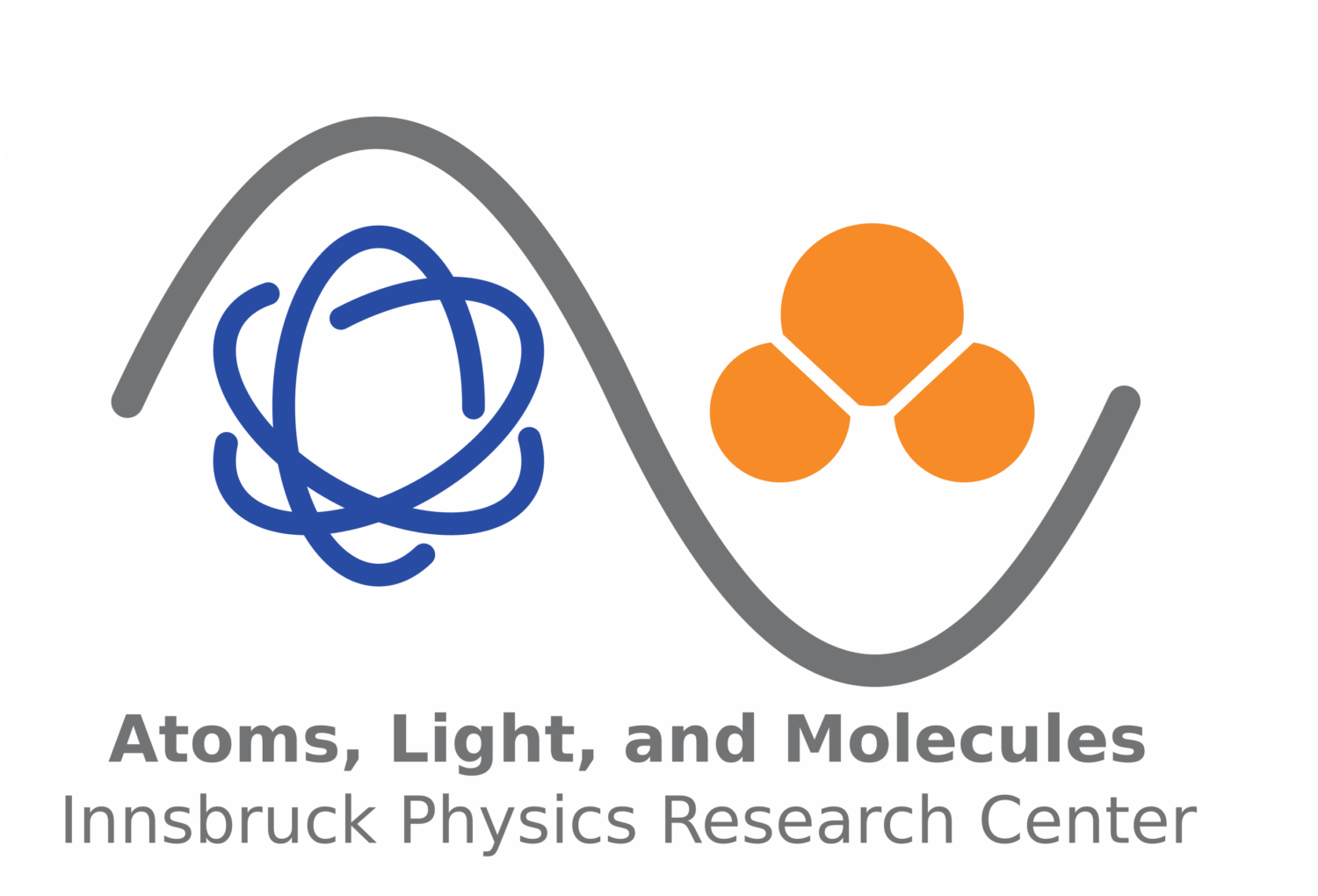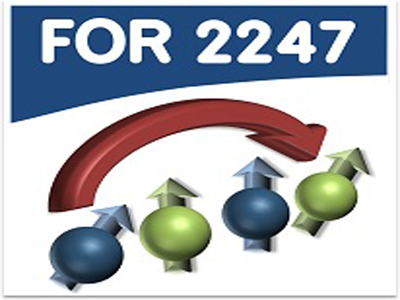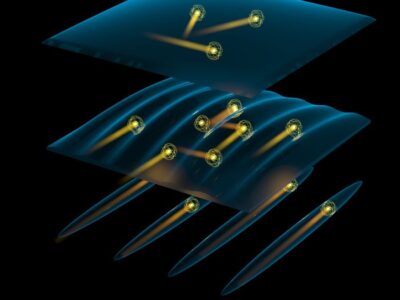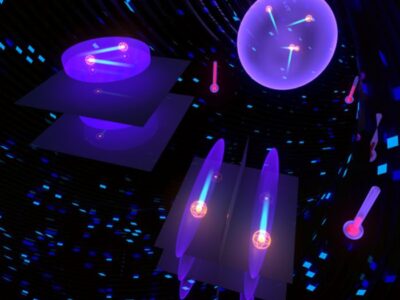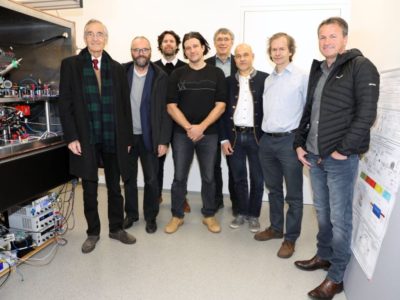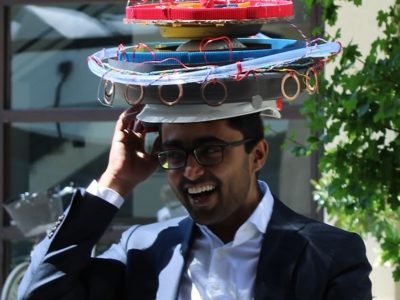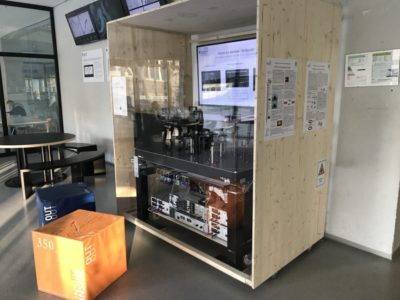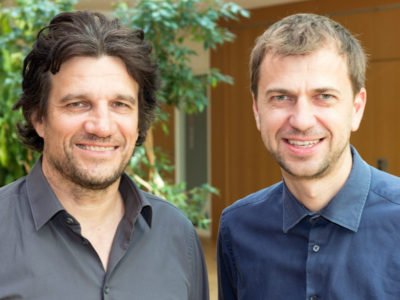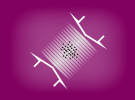Atomic and molecular gases cooled down to ultra low temperatures of a few nanokelvin above absolute zero are ideal test beds for investigating novel and exotic quantum phenomena in many ways. The ability to control the interactions between these particles coupled with techniques such as optical lattices and single site detection enables us to gain insights into many fundamental quantum phenomena, especially those which are relevant but difficult to probe in condensed matter physics. Some themes which we explore in our research are: Quantum transport processes in low dimensions, exotic and tunable lattice geometries, many-body quantum mechanical dynamics and the engineering and synthesis of novel, strongly correlated bosonic and fermionic quantum matter. Better understanding of such processes and a high degree of control over such systems will pave the way towards quantum simulations of many-body systems.
In our tunable quantum matter project, we employ Cs atoms with highly tunable interactions to explore fundamental physics in low-dimensional quantum systems such as quantum wires. In the dipolar quantum matter project, we use Rb and Cs atoms to form bosonic RbCs molecules and transfer them to their rovibrational ground state, with the aim of realizing the extended Bose-Hubbard model with long-range, anisotropic interactions, thus enabling the creation of various kinds of novel quantum phases. In the most recent project, we use K and Cs atoms as a platform to explore exotic lattice geometries and bosonic(39KCs)/fermionic(40KCs) dipolar quantum matter coupled with the recently developed technique of single site resolution to gain information on spatial correlations. This is a highly versatile system, as it also allows us to probe the physics of Fermi-Bose and Bose-Bose mixtures.
Supported by

